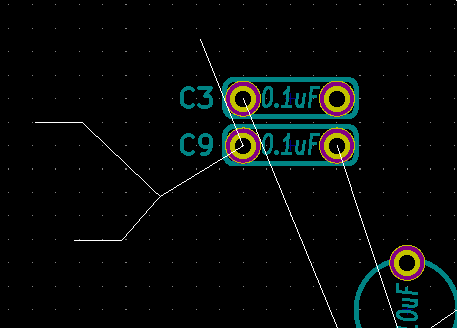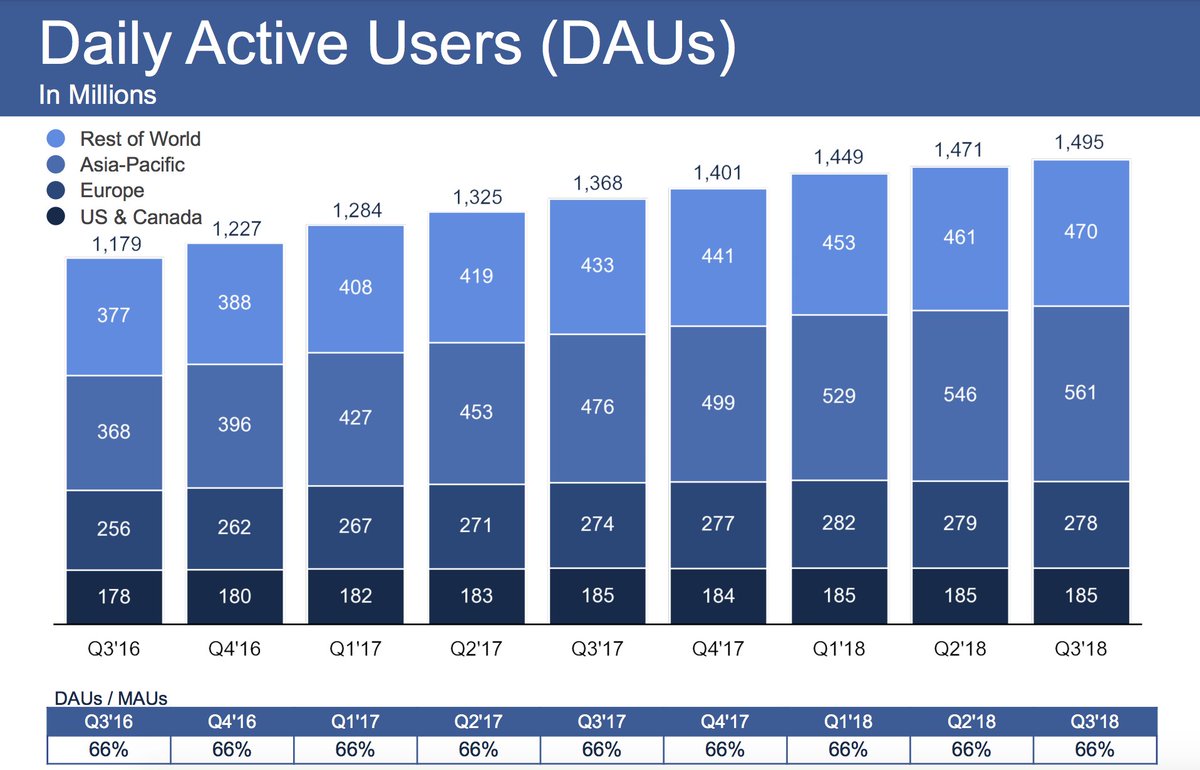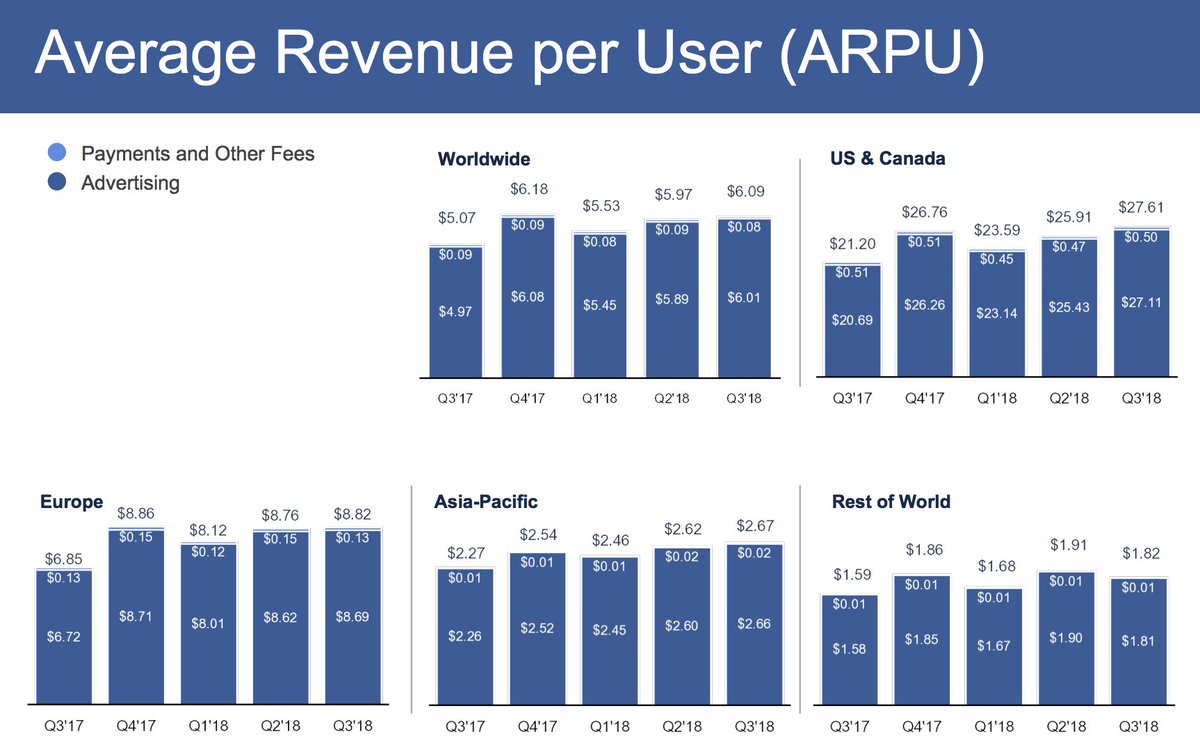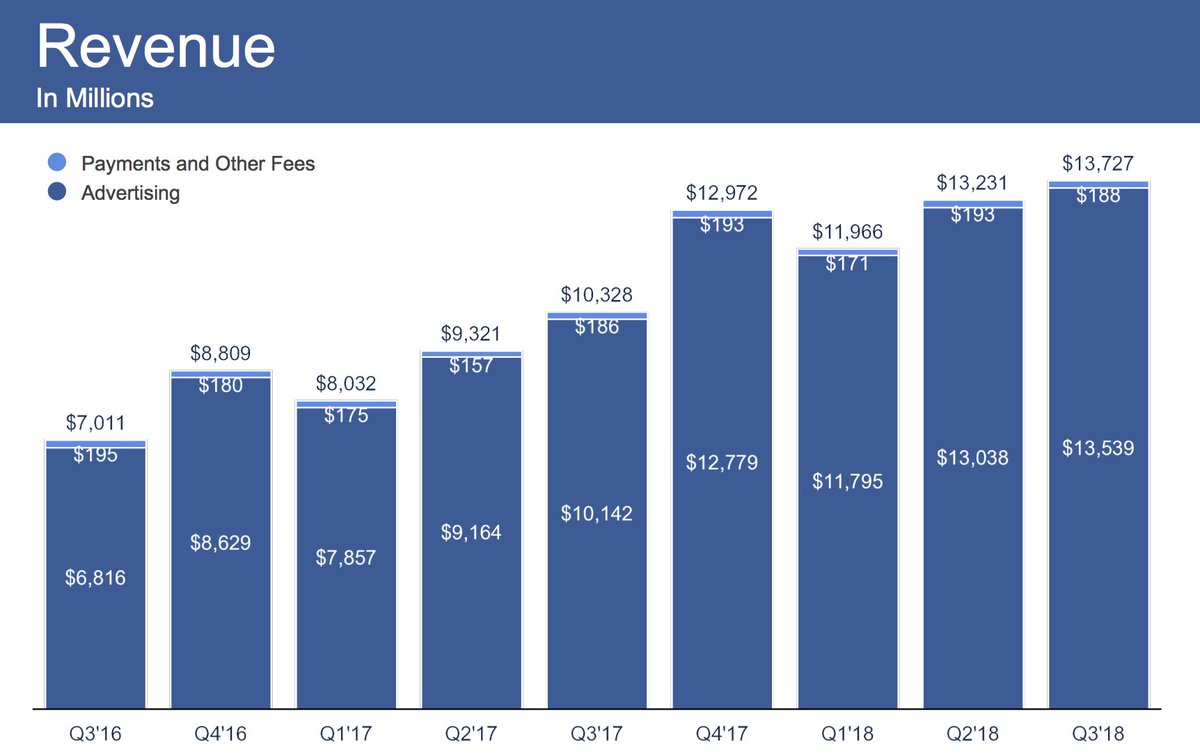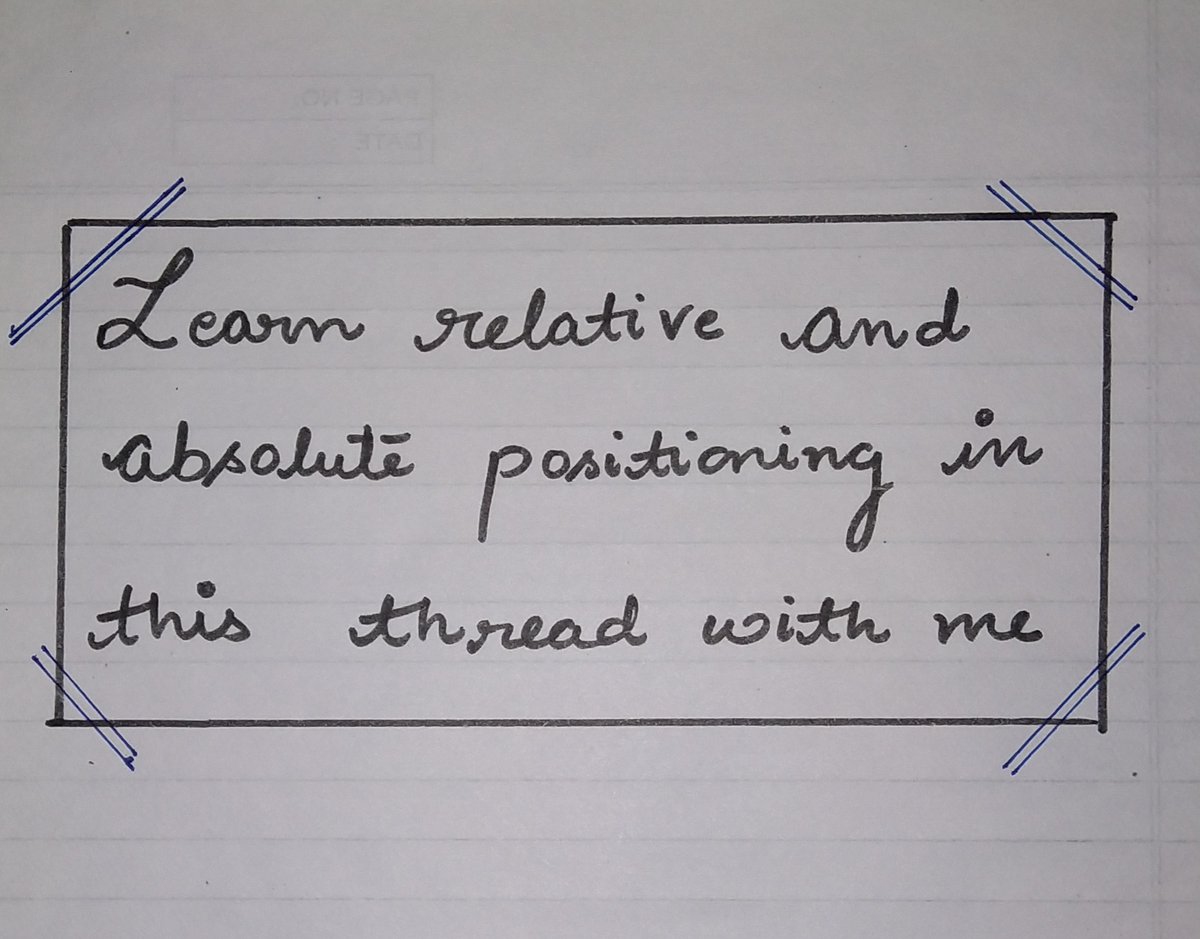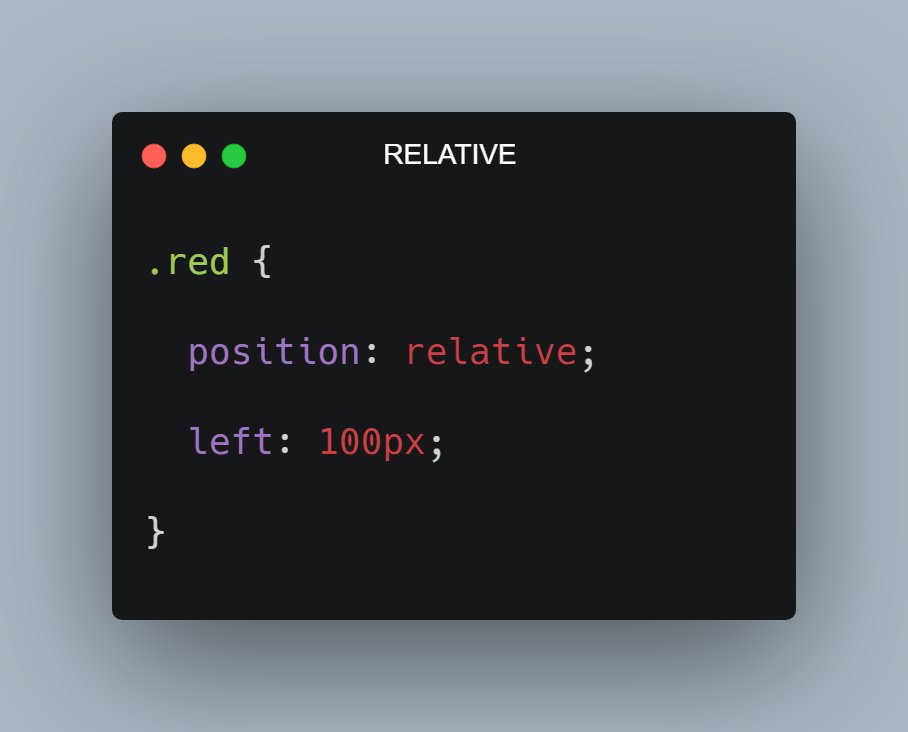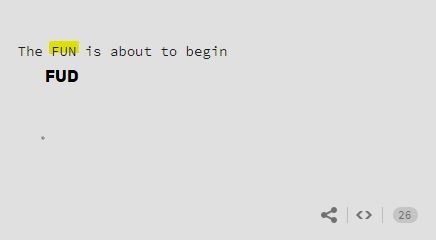Back when this mistake was made, There was only one Phone Company, because they hadn't been broken up yet. Ted Bundy was still on the loose. Babe Ruth's home run record was about to fall.
It is 2018 and this error message is a mistake from 1974.
This limitation, which is still found in the very latest Windows 10, dates back to BEFORE STAR WARS. This bug is as old as Watergate.

Back when this mistake was made, There was only one Phone Company, because they hadn't been broken up yet. Ted Bundy was still on the loose. Babe Ruth's home run record was about to fall.
You could do neat things with it like copy data off the serial port into a text file, or print a textfile right from the command line!
You can get infinite zeros from /dev/zero, random bytes from /dev/random, etc!
So directories? you don't need 'em. Instead of directories, you just use different disks.
So they're just "everywhere", effectively.
So if you have FOO.TXT and need to print it, you can do "PIP LST:=FOO.TXT" which copies foo.txt to the "file" LST, which is the printer.
but what about extensions? Here's the problem: programs like to name their files with the right extension.
but the program might try to put .TXT on the end of your filename! LST.TXT isn't the printer, right?
Eh. It's a hack, but it works, and this is just on some little microcomputers with 4k of ram, who cares?
But it was big, so naturally IBM wanted it for some "PC" project they were doing in early 1980
MS purchased Tim Paterson's project and developed it into PC-DOS (which later became MS-DOS, if you're not aware)
It was definitely inspired by CP/M, in a lot of ways.
So QDOS and PC-DOS 1.0 have AUX, PRN, CON, LPT, etc, too!
You need them to keep your massive 10mb hard drive organized, obviously!
with directories, Microsoft could now make a C:\DEV folder... but they didn't.
Special files are in EVERY DIRECTORY with EVERY EXTENSION.
So your "DIR > LPT" trick to print the directory listing doesn't break because you're in C:\DOS instead of A:\
And when Windows 95 was released, it was built on top of DOS. So it naturally inherited this behavior. (Windows 1/2/3 similarly did, but Win95 was much more an OS than they were)
But Windows NT wanted compatibility with DOS/Windows programs. And XP merged the two lines.
So these special files still work, FORTY FOUR FUCKING YEARS LATER
aux.txt
prn.txt
it'll tell you NOPE

CON, PRN, AUX, NUL, COM1, COM2, COM3, COM4, COM5, COM6, COM7, COM8, COM9, LPT1, LPT2, LPT3, LPT4, LPT5, LPT6, LPT7, LPT8, and LPT9
https://t.co/1eYQVBKO65


These special-device names are implemented at the OS level, rather than the filesystem level. So they're perfectly valid NTFS filenames, and I was using an NTFS drive in linux.

A couple follow ups:
1. The CP/M inventor's name is "Gary Kildall", not "Gary Kiddal".
Sorry, I posted this at 5am after being in the hospital for like... 8 hours?
It actually required them to be followed by a colon, as if they were a drive name.
So PRN: is the printer, PRN is not.
I didn't mean to imply CP/M did, just DOS, but I don't think I made this clear
PC DOS 1 did support copying to/from special files though, so my general point was correct, even if my example was confusing
It's like you're living on a space station and get trampled by a horse.
More from foone
More from Tech
You May Also Like
#ஆதித்தியஹ்ருதயம் ஸ்தோத்திரம்
இது சூரிய குலத்தில் உதித்த இராமபிரானுக்கு தமிழ் முனிவர் அகத்தியர் உபதேசித்ததாக வால்மீகி இராமாயணத்தில் வருகிறது. ஆதித்ய ஹ்ருதயத்தைத் தினமும் ஓதினால் பெரும் பயன் பெறலாம் என மகான்களும் ஞானிகளும் காலம் காலமாகக் கூறி வருகின்றனர். ராம-ராவண யுத்தத்தை

தேவர்களுடன் சேர்ந்து பார்க்க வந்திருந்த அகத்தியர், அப்போது போரினால் களைத்து, கவலையுடன் காணப்பட்ட ராமபிரானை அணுகி, மனிதர்களிலேயே சிறந்தவனான ராமா போரில் எந்த மந்திரத்தைப் பாராயணம் செய்தால் எல்லா பகைவர்களையும் வெல்ல முடியுமோ அந்த ரகசிய மந்திரத்தை, வேதத்தில் சொல்லப்பட்டுள்ளதை உனக்கு
நான் உபதேசிக்கிறேன், கேள் என்று கூறி உபதேசித்தார். முதல் இரு சுலோகங்கள் சூழ்நிலையை விவரிக்கின்றன. மூன்றாவது சுலோகம் அகத்தியர் இராமபிரானை விளித்துக் கூறுவதாக அமைந்திருக்கிறது. நான்காவது சுலோகம் முதல் முப்பதாம் சுலோகம் வரை ஆதித்ய ஹ்ருதயம் என்னும் நூல். முப்பத்தி ஒன்றாம் சுலோகம்
இந்தத் துதியால் மகிழ்ந்த சூரியன் இராமனை வாழ்த்துவதைக் கூறுவதாக அமைந்திருக்கிறது.
ஐந்தாவது ஸ்லோகம்:
ஸர்வ மங்கள் மாங்கல்யம் ஸர்வ பாப ப்ரநாசனம்
சிந்தா சோக ப்ரசமனம் ஆயுர் வர்த்தனம் உத்தமம்
பொருள்: இந்த அதித்ய ஹ்ருதயம் என்ற துதி மங்களங்களில் சிறந்தது, பாவங்களையும் கவலைகளையும்

குழப்பங்களையும் நீக்குவது, வாழ்நாளை நீட்டிப்பது, மிகவும் சிறந்தது. இதயத்தில் வசிக்கும் பகவானுடைய அனுக்ரகத்தை அளிப்பதாகும்.
முழு ஸ்லோக லிங்க் பொருளுடன் இங்கே உள்ளது https://t.co/Q3qm1TfPmk
சூரியன் உலக இயக்கத்திற்கு மிக முக்கியமானவர். சூரிய சக்தியால்தான் ஜீவராசிகள், பயிர்கள்
இது சூரிய குலத்தில் உதித்த இராமபிரானுக்கு தமிழ் முனிவர் அகத்தியர் உபதேசித்ததாக வால்மீகி இராமாயணத்தில் வருகிறது. ஆதித்ய ஹ்ருதயத்தைத் தினமும் ஓதினால் பெரும் பயன் பெறலாம் என மகான்களும் ஞானிகளும் காலம் காலமாகக் கூறி வருகின்றனர். ராம-ராவண யுத்தத்தை

தேவர்களுடன் சேர்ந்து பார்க்க வந்திருந்த அகத்தியர், அப்போது போரினால் களைத்து, கவலையுடன் காணப்பட்ட ராமபிரானை அணுகி, மனிதர்களிலேயே சிறந்தவனான ராமா போரில் எந்த மந்திரத்தைப் பாராயணம் செய்தால் எல்லா பகைவர்களையும் வெல்ல முடியுமோ அந்த ரகசிய மந்திரத்தை, வேதத்தில் சொல்லப்பட்டுள்ளதை உனக்கு
நான் உபதேசிக்கிறேன், கேள் என்று கூறி உபதேசித்தார். முதல் இரு சுலோகங்கள் சூழ்நிலையை விவரிக்கின்றன. மூன்றாவது சுலோகம் அகத்தியர் இராமபிரானை விளித்துக் கூறுவதாக அமைந்திருக்கிறது. நான்காவது சுலோகம் முதல் முப்பதாம் சுலோகம் வரை ஆதித்ய ஹ்ருதயம் என்னும் நூல். முப்பத்தி ஒன்றாம் சுலோகம்
இந்தத் துதியால் மகிழ்ந்த சூரியன் இராமனை வாழ்த்துவதைக் கூறுவதாக அமைந்திருக்கிறது.
ஐந்தாவது ஸ்லோகம்:
ஸர்வ மங்கள் மாங்கல்யம் ஸர்வ பாப ப்ரநாசனம்
சிந்தா சோக ப்ரசமனம் ஆயுர் வர்த்தனம் உத்தமம்
பொருள்: இந்த அதித்ய ஹ்ருதயம் என்ற துதி மங்களங்களில் சிறந்தது, பாவங்களையும் கவலைகளையும்

குழப்பங்களையும் நீக்குவது, வாழ்நாளை நீட்டிப்பது, மிகவும் சிறந்தது. இதயத்தில் வசிக்கும் பகவானுடைய அனுக்ரகத்தை அளிப்பதாகும்.
முழு ஸ்லோக லிங்க் பொருளுடன் இங்கே உள்ளது https://t.co/Q3qm1TfPmk
சூரியன் உலக இயக்கத்திற்கு மிக முக்கியமானவர். சூரிய சக்தியால்தான் ஜீவராசிகள், பயிர்கள்






